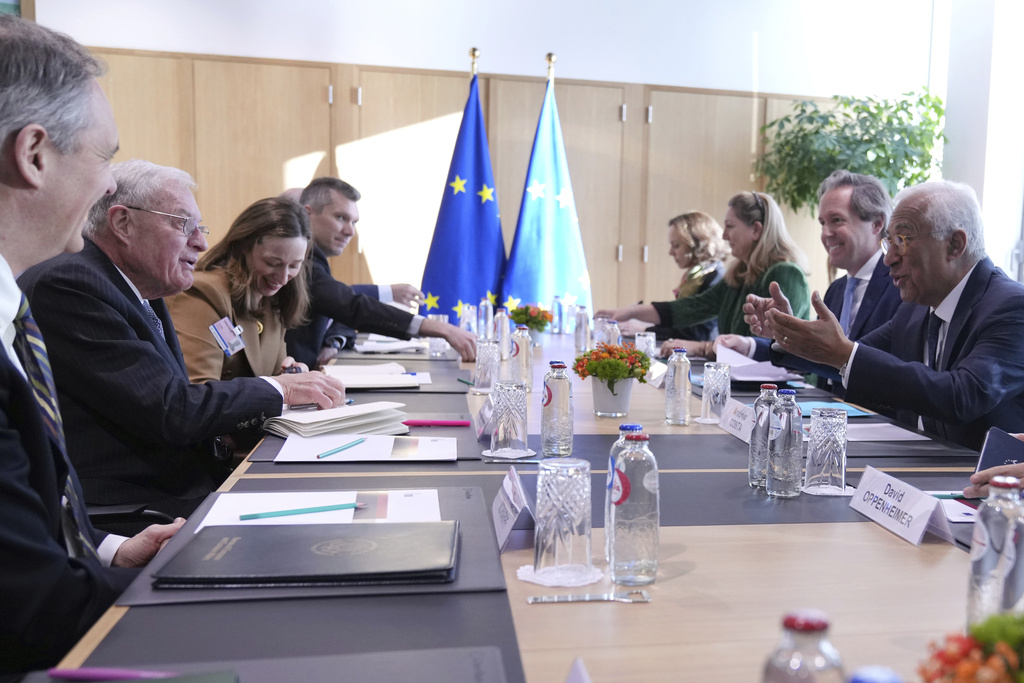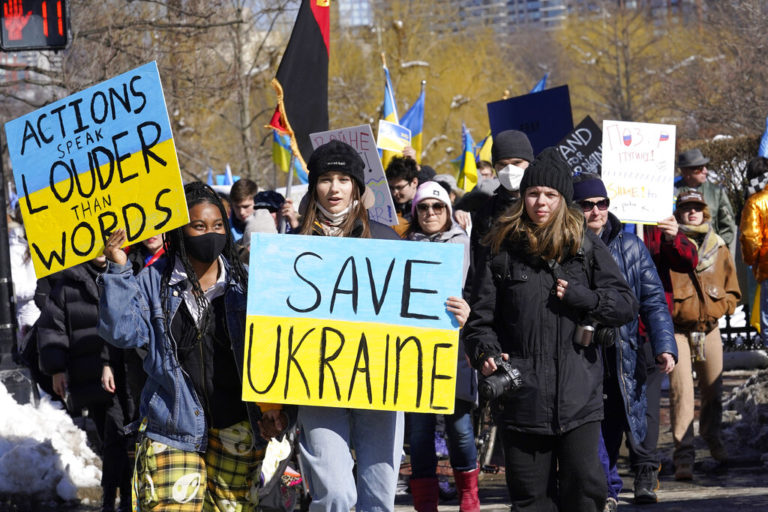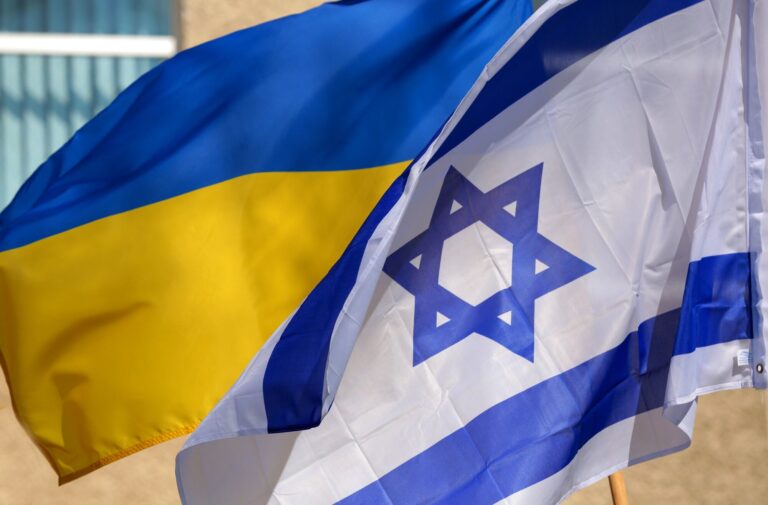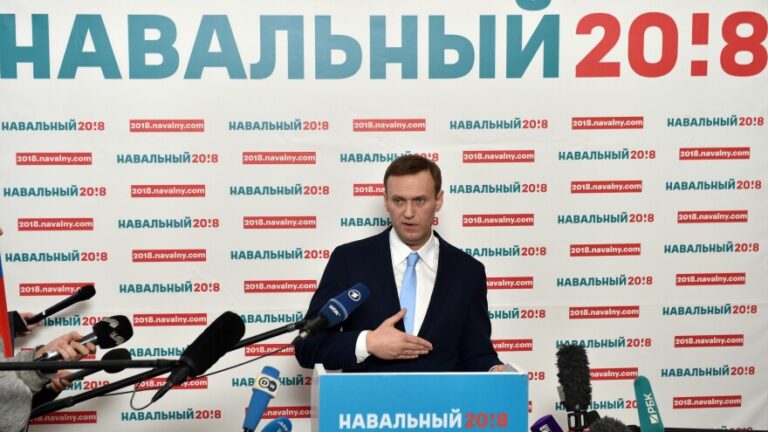
Head-spinning, mind-boggling, dizzying — these phrases have been repeated time and time again in articles covering Trump’s past week in office. Not only has he broken a three-year American streak of nonnegotiation with Russia, but he has done so to the exclusion of Ukraine and the entirety of the E.U., turning his back on the transatlantic alliance that the U.S. helped bring into existence following WWII. Trump’s actions make it more evident than ever that the world is no longer the one of yesterday, and the E.U. cannot afford to pretend it is.
From the start, Russia’s invasion of Ukraine has been compared to the beginning of WWII, and the comparisons have only gotten more pressing since Trump entered his second term in office.
Following the immense trauma of WWI, Europe created a network of institutions to maintain peace on the continent, but these quickly unraveled. In 1938, Nazi Germany invaded Austria and left the rest of Europe at a loss. Continuing their policy of appeasement, Britain, France, Italy, and Germany met in Munich in hopes of negotiating a peace agreement. Within a few months, the entirety of Czechoslovakia was invaded and absorbed into Hitler’s Nazi state. Neither the Czechs nor Slovaks were invited to the conference.
At the end of WWII, Europe again attempted to create a new world order in the hopes of maintaining peace. NATO was established in 1949 as an intergovernmental security alliance, continuing to this day, including the U.S., Canada, and many E.U. countries. The E.U. itself was created shortly after, distinguishing itself from many alliances of the past by its emphasis on cooperation through common economic and cultural values rather than military might.
Because of Europe’s post-WWII reluctance to wage war or even heavily arm its member states, attempts at a collective military force were not popular and ultimately failed to come into being. This changed in 1999 with what is now known as the European Security and Defense Policy, but its effects continue to be limited. To this day, most European missions are civil operations: armed forces exist to further E.U. development and democratization policies abroad, rather than to stage proper military interventions. Europeans prefer to rely on the U.S. and mostly U.S.-funded NATO for the latter.
This week, three years after Russia’s illegal invasion of Ukraine, Donald Trump began talks with Vladimir Putin regarding a quick end to the war in the near future. Trump is by no means an objective third party: he claims that Russia “has the cards” in any negotiations regarding Ukraine, while simultaneously parroting Putin’s false arguments that Ukrainian Volodymyr Zelensky is a “dictator” whose country is responsible for the war.
In other words, with Trump in the picture, the fifth of Ukraine that has been captured by Russia may not be returned. The future of the rest of Ukraine — and the eastern-most parts of the E.U., which face the possible threat of further Russian expansion in the future — has become even more uncertain. And, like Czechoslovakia almost ninety years earlier, neither Ukraine nor any of the E.U. member states were present at the talks that may determine their futures.
With Trump’s America suddenly following a parallel “policy of appeasement” towards Putin, it is now up to the E.U. to make sure that history does not repeat itself. This means that the E.U. can no longer rely on its soft power to preserve their own and Ukrainian interests. It was only able to do so in the past under the assumption that U.S. military might would signal to Putin the costs of threatening the Western order. Trump’s growing attachment to Putin and his reluctance to spend “anything” on NATO indicate that the hard power that used to back the E.U.’s soft negotiations might no longer exist in the near future.
Individual member-states such as Germany have declared a commitment to improving their defense systems, but these are no replacement for the power of a transatlantic military alliance. Instead, this should be the moment E.U. member states seriously consider a collective union-wide defense force — one that does not rely on American funding and which finally admits to the hard reality that, in the face of aggressors such as Putin, the continent cannot talk its way to peace without arms to back them.
The Zeitgeist aims to publish ideas worth discussing. The views presented are solely those of the writer and do not necessarily reflect the views of the editorial board.



